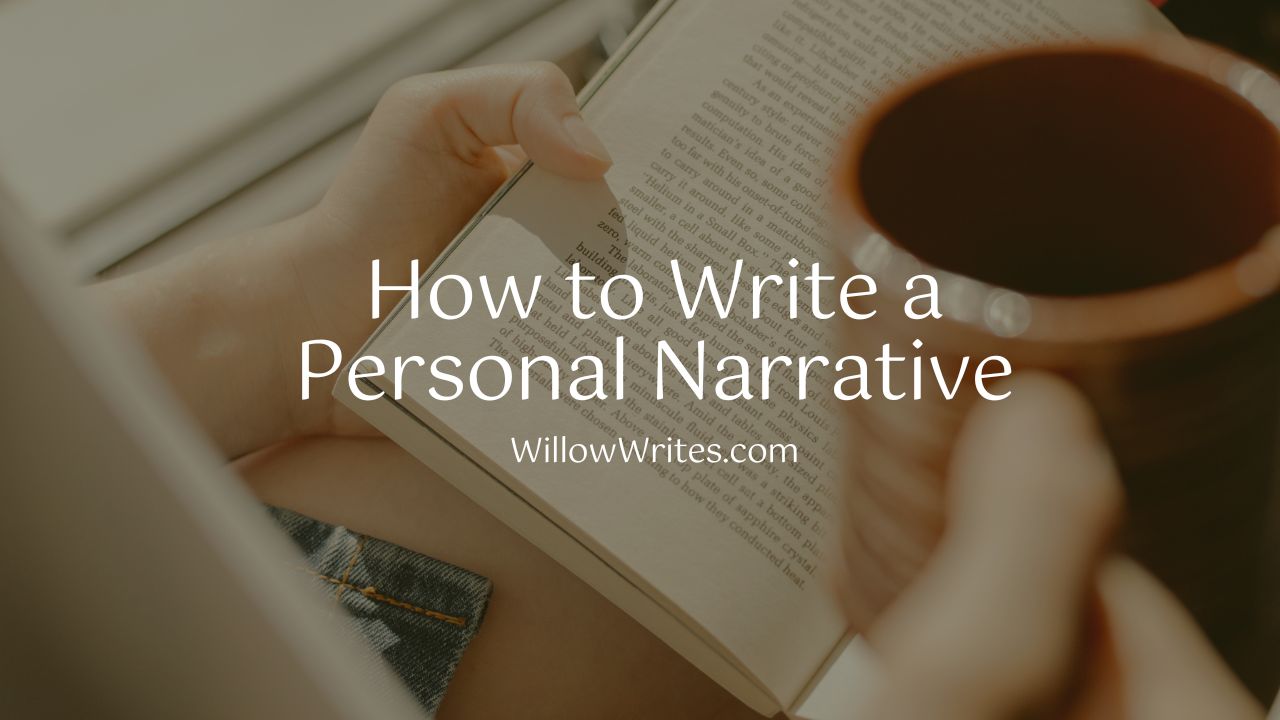In the broad spectrum of human creativity, storytelling remains a vibrant and essential component. From the early oral traditions to contemporary digital narratives, storytelling has continually evolved, with each era introducing new forms and mediums of expression. Today, we stand at the brink of another significant transformation in the realm of storytelling powered by the advent of artificial intelligence (AI). As AI continues to advance, it offers a host of possibilities for innovative storytelling, redefining the creative process and adding unprecedented layers of complexity and intrigue to narratives. This article delves into the exciting interface of AI and storytelling, exploring how this innovative technology reshapes narrative strategies and offers compelling new ways to engage audiences.
The Evolution of Storytelling
Before delving into the role of AI in storytelling, it’s crucial to understand the evolution of storytelling itself. The earliest forms of storytelling were oral and based on tradition. The advent of written language allowed stories to be recorded, preserved, and disseminated, dramatically altering the narrative landscape. The invention of the printing press further revolutionized storytelling, enabling mass production and widespread distribution of stories. The 20th century ushered in the era of digital storytelling with the emergence of television, movies, and the internet. Each of these epochs introduced novel ways of creating and sharing stories, expanding the breadth and depth of human expression.
AI and Storytelling: An Overview
In the current age, AI has emerged as the next frontier in the ongoing evolution of storytelling. AI, in essence, refers to machines or software programmed to think like humans and mimic their actions. It’s a broad field that encompasses various subfields, including machine learning, natural language processing, and robotics. Over the last decade, AI has made significant strides in numerous domains, including healthcare, finance, and transportation. However, the intersection of AI and creativity holds a unique and exciting potential.
AI is increasingly being used in the realm of storytelling, adding a novel dimension to narrative creation. It’s used for a variety of applications, including plot generation, character development, and even producing complete stories. For instance, AI can analyze a vast amount of data from novels, movies, and other narrative forms to learn patterns and structures, which it can then use to generate new stories. The use of AI in storytelling opens up exciting possibilities for creative exploration, offering unique ways to engage audiences and push the boundaries of narrative conventions.
AI-powered Plot Generation
One of the most significant ways AI is revolutionizing storytelling is through plot generation. Traditionally, creating a compelling plot requires a deep understanding of narrative structures, character motivations, and the nuances of dramatic tension. However, AI can leverage vast datasets to learn these narrative elements and generate original plot ideas.
Consider OpenAI’s GPT-3, a language model that uses machine learning to generate human-like text. GPT-3 can analyze hundreds of gigabytes of text data to understand the intricate patterns of language and narrative. With this knowledge, it can generate coherent and engaging plot outlines based on specified parameters. The utilization of AI for plot generation accelerates the creative process and offers a plethora of unique and unexpected story ideas that can inspire writers and stimulate their imagination.
AI in Character Development
Character development is another crucial element of storytelling where AI is making its mark. AI can analyze character traits, relationships, and arcs from a vast range of narrative sources and use this knowledge to create complex, multidimensional characters.
AI’s ability to process and learn from large datasets allows it to understand intricate character dynamics that might be challenging for human writers to grasp. By leveraging this capability, AI can generate nuanced characters that resonate with audiences and contribute to a more engaging narrative.
AI for Complete Story ProductionIn recent years, AI has demonstrated its capacity to generate complete stories, pushing the boundaries of automated narrative creation. These stories can range from short tales to full-length novels, covering a wide array of genres and styles.
For instance, OpenAI’s GPT-2 was used to write a novel named “1 the Road,” which is an AI-written exploration of a dystopian future. The novel showcases how AI can generate compelling narratives that maintain coherence and continuity across larger structures, demonstrating its potential to be a powerful tool for storytellers.
AI and Interactive Storytelling
The advent of AI has also opened new frontiers in interactive storytelling, where the narrative evolves based on user input. Video games, in particular, have leveraged AI to create dynamic narratives that adapt to player actions, offering a more immersive and personalized storytelling experience.
AI can generate a multitude of narrative paths based on player decisions, creating a rich tapestry of potential outcomes. Games like “Detroit: Become Human” and “The Witcher 3: Wild Hunt” utilize AI-driven narratives to create complex, branching storylines that offer players a high degree of agency and emotional engagement.
Ethical Considerations and Challenges
Despite the exciting potential of AI in storytelling, it’s essential to consider the ethical implications and challenges associated with its use. The question of authorship and creative ownership becomes complex when AI is involved in the creative process. Who owns the rights to a story generated by AI? Is it the programmer, the user who provided the input, or the AI itself?
Moreover, AI-generated narratives also run the risk of propagating harmful stereotypes or biases inherent in the data they learn from. Ensuring that AI narratives are fair, respectful, and inclusive is a crucial challenge that requires ongoing attention and proactive measures.
Conclusion
AI’s role in storytelling is evolving rapidly, offering a wealth of opportunities for innovative narrative creation. From generating plots and developing characters to creating complete stories and interactive narratives, AI is transforming the way we create and consume stories.
However, the journey towards fully realizing the potential of AI in storytelling is not without its challenges. Ethical considerations and potential biases must be carefully managed to ensure that AI contributes positively to our storytelling culture.
As we move forward, the intersection of AI and storytelling promises a fascinating realm of exploration. By leveraging the power of AI, storytellers can push the boundaries of narrative conventions, craft compelling narratives, and engage audiences in unprecedented ways. In the end, the melding of AI and storytelling signifies not just the evolution of narrative forms, but also the continual evolution of human creativity itself.
AI in Personalized Storytelling
AI is not just revolutionizing how stories are created, but also how they are personalized for individual consumers. By understanding users’ preferences, reading history, and interaction patterns, AI can curate personalized narratives that cater to each user’s unique interests. This personalization can range from suggesting books based on a reader’s past choices to tailoring the storyline of a digital game based on the player’s decisions. This level of personalization enhances user engagement, making the storytelling experience more immersive and satisfying.
Collaborative Storytelling with AI
AI also holds the potential to be a collaborative tool in the storytelling process. Writers can use AI as a brainstorming partner, leveraging its capability to generate a multitude of plot ideas and character developments. This can help overcome creative blocks and stimulate new, unconventional narrative paths. In group settings, AI can facilitate collaborative storytelling by providing a common platform for idea generation and story development.
Future of AI in Storytelling
Looking towards the future, the potential of AI in storytelling is immense. As AI becomes more sophisticated, we could see it creating more complex and nuanced narratives, integrating elements such as emotional arcs and thematic depth. Moreover, advancements in AI could enable more dynamic and responsive interactive narratives, offering a storytelling experience that adapts in real-time to the reader or viewer’s responses.
Critiques and Limitations of AI in Storytelling
Despite the exciting possibilities, it’s important to acknowledge the limitations and critiques of AI in storytelling. Currently, AI-generated narratives, while intriguing, often lack the subtleties and emotional complexities that a human writer brings to a story. AI, being a machine, does not have personal experiences, emotions, or intuitive understanding of human nature, which are often essential ingredients of compelling narratives. Therefore, while AI can aid and enhance the storytelling process, it is unlikely to replace human storytellers in the foreseeable future.
Case Studies
To illustrate the real-world potential of AI in storytelling, let’s consider a few examples. The interactive game “AI Dungeon” leverages AI to create a text-based game where the story evolves based on player input. It demonstrates how AI can be used to create a dynamic and engaging narrative experience.
On the other hand, in the field of journalism, the Associated Press uses AI to generate news reports, particularly for data-heavy topics like sports and finance. These case studies show how AI can be used across different forms of media and genres to enhance storytelling.
Training AI Models for Storytelling
The process of training AI models for storytelling involves feeding the AI large volumes of narrative data, such as books, scripts, and articles. The AI uses machine learning algorithms to analyze this data, learning patterns, structures, and conventions of storytelling. This knowledge is then used to generate new narratives. While the technical details can be complex, the fundamental premise is teaching the AI about storytelling through exposure to a vast array of narrative examples.
Tools and Resources
For those interested in exploring AI in storytelling, numerous tools and resources are available. OpenAI’s GPT-3, as mentioned earlier, is a powerful AI model that can generate human-like text. Tools like Runway ML and Artbreeder allow users to create AI-generated visual narratives. For interactive storytelling, platforms like Twine offer a simple way to create text-based interactive stories.
In conclusion, AI is a powerful tool in the realm of storytelling, offering new avenues for creativity and audience engagement. While it has its limitations and challenges, the potential it holds is immense. As we continue to explore this exciting frontier, the possibilities for innovative and compelling narratives are virtually limitless.











